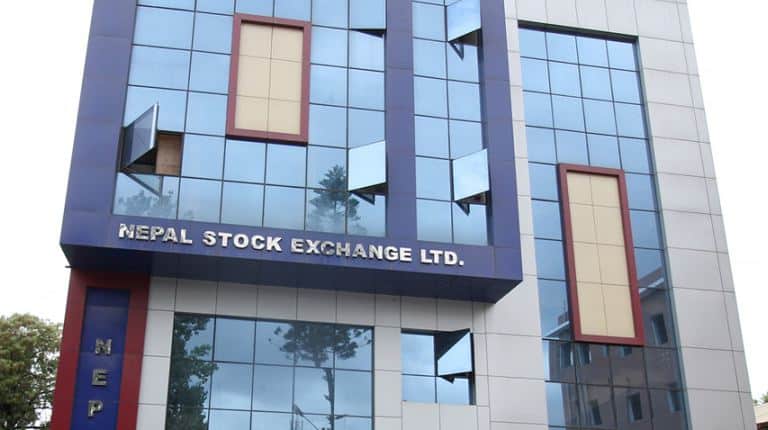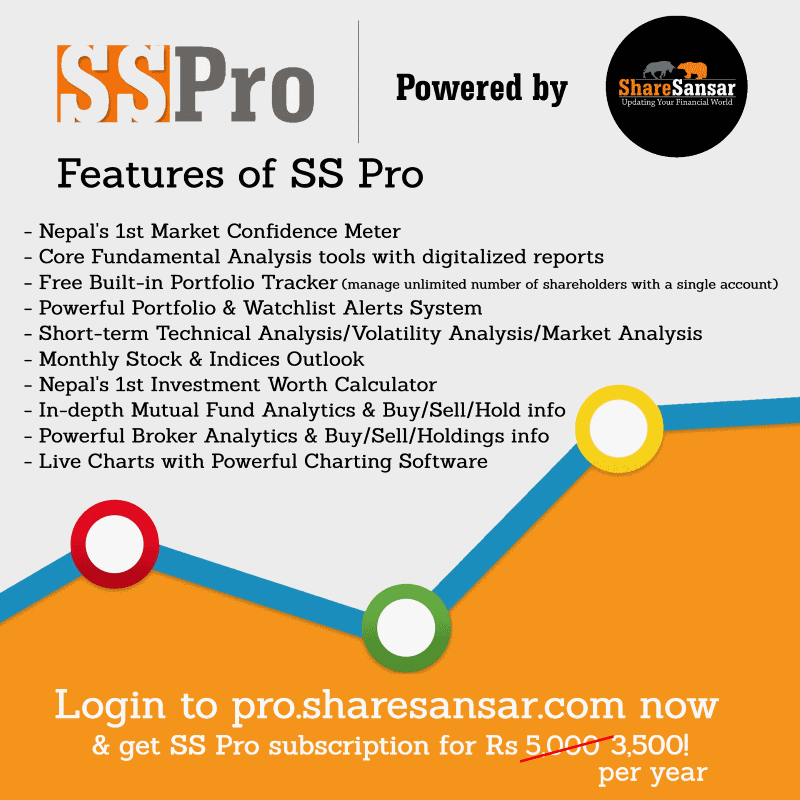A Beginners guide for novice investors -2; Know about FPO and secondary market


As we have already discussed in our previous article some brief description about the requirement to be followed before entering the stock market.
In this article, we will discuss about Further Public Offering and the secondary market.
- Further Public Offering:
We have discussed in the previous article, the primary market is where new securities are issued and sold directly by the issuer to investors. The primary market chiefly contains two offering to raise capital, one is Initial Public Offering (IPO) and the next one is Further Public Offering (FPO).( For IPO refer the previous article) Further public offering is a means to raise capital by different companies that have already offer share to the public through Initial public offering (IPO). In case of FPO, companies are provided benefit to issuing share at a premium if they fulfill the requirement guided by SEBON. In simple word, they add additional amount at the par value of share i.e Par + Premium. When companies issue FPO it increases the number of share outstanding resulting in the decline in earnings per share and dilutes the holding of previous shareholders. FPO issued in Premium increased the reserve of the company which results in an increase of networth per share.
Here are certain guideline provided by Security board of Nepal (SEBON) that should be followed by companies to issue shares in premium.
- Those listed companies that have generated a net profit in last two years of five consequent years and the net worth per share is higher than paid-up value per share.
- The listed companies should submit an application for FPO at SEBON within four months of getting an approval from the general meeting of shareholders.
- A listed company needs to justify the reason for adding a premium to shares being floated through FPO, it does not explicitly point out factors that need to be taken into consideration.
Securities Board of Nepal (SEBON) has set four criteria on stock pricing for future offering (FPO)
As per the standards, listed companies should base the pricing on capitalized earnings, net worth per share or book value per share, 180 days’ average of closing market price and discounted cash flow (current price of cash flow to be achieved in the future). Every company must calculate shares prices based on these methods. The average of these outcomes should be used as the best price.
Listed companies will be allowed to float their next further public offering (FPO) only five years after their earlier FPO.
- Secondary Market:
The secondary market is the platform where already issued shares are traded between the investors with the involvement of stockbrokers. Those shares which are issued through the Initial public offering, further public offering, right and bonus issues are traded after listing in NEPSE. This market provides opportunities to investors and traders to buy the share they want and sells those shares they own in their DMAT account. The price of the stocks in this market is determined by the demand and supply of the stocks. Financial reports of companies, NEPSE and SEBON rules and regulation, political news are some but very few to mention that fluctuate the price in the secondary market. One should be very cognizant before investing in the secondary market because one can minus their lifelong earning choosing the wrong stock.
Now let's talk about the procedure required to enter the secondary market.
First, you should have a DEMAT account, and in case of purchase or sale of shares one should open transaction account with one of the stockbrokers. Here is the link to stocks brokers and theirs RWS:
http://nepsekhabar.com/brokerlist
Once you become the member of the stockbroker, you will be provided a client code and you are ready to buy or sell the stocks. You have to be updated with the news and price of the stocks and their symbols that are symbolized in the stock market. When you get involved in the secondary market, slowly you will be used to with the company’s symbols. Involving in this market required a plethora of research, money management skills, patience, and discipline so if u are new in the stock market don’t jump into secondary market… primary market will be best for beginners. Take risk according to your capacity and don’t start your investment with more volatile stocks. Some useful sites for gazing price of stocks in the secondary market are:
http://www.nepalipaisa.com/StockLive.aspx
(We will discuss about right shares and bonus shares in upcoming article)
Click here for Part 1: http://nepsekhabar.com/newsdetail/a-beginners-guide-for-novice-investors-how-to-enter-the-stock-market
Continue…….. Stay Tuned.








